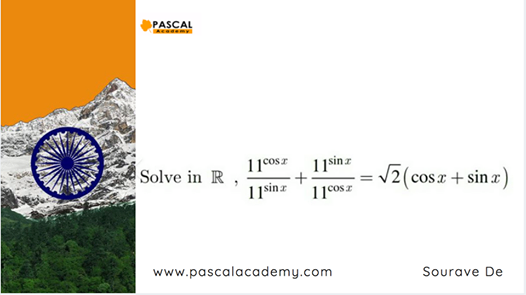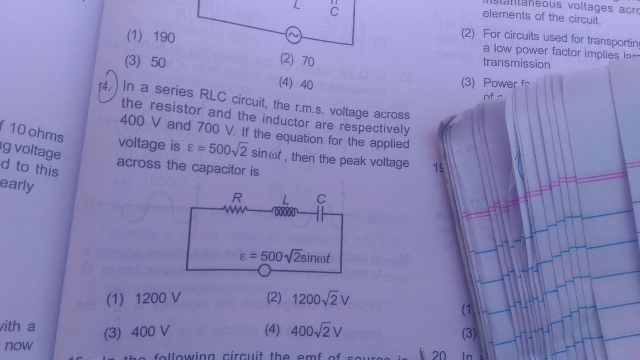
AllQuestion and Answers: Page 1533
Question Number 57578 Answers: 2 Comments: 0
Question Number 57572 Answers: 1 Comments: 0
Question Number 57571 Answers: 0 Comments: 1

Question Number 57594 Answers: 1 Comments: 0
Question Number 57551 Answers: 1 Comments: 1

Question Number 57549 Answers: 0 Comments: 1
Question Number 57529 Answers: 0 Comments: 1
Question Number 57525 Answers: 1 Comments: 0

Question Number 57522 Answers: 3 Comments: 3
Question Number 57521 Answers: 2 Comments: 1

Question Number 57515 Answers: 1 Comments: 4

Question Number 57513 Answers: 0 Comments: 4
Question Number 57494 Answers: 1 Comments: 1

Question Number 57491 Answers: 1 Comments: 0
Question Number 57490 Answers: 1 Comments: 2
Question Number 57489 Answers: 1 Comments: 1
Question Number 57488 Answers: 1 Comments: 1
Question Number 57487 Answers: 0 Comments: 1
Question Number 57486 Answers: 0 Comments: 4
Question Number 57480 Answers: 0 Comments: 2
Question Number 57474 Answers: 1 Comments: 2
Question Number 57469 Answers: 0 Comments: 3
Question Number 57462 Answers: 0 Comments: 0
Question Number 57456 Answers: 0 Comments: 0

Question Number 57448 Answers: 1 Comments: 0
Question Number 57442 Answers: 2 Comments: 4
Pg 1528 Pg 1529 Pg 1530 Pg 1531 Pg 1532 Pg 1533 Pg 1534 Pg 1535 Pg 1536 Pg 1537
